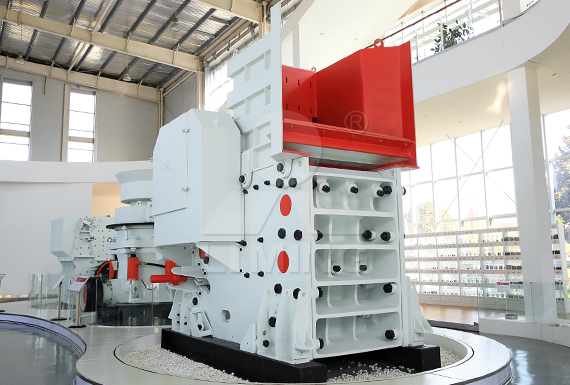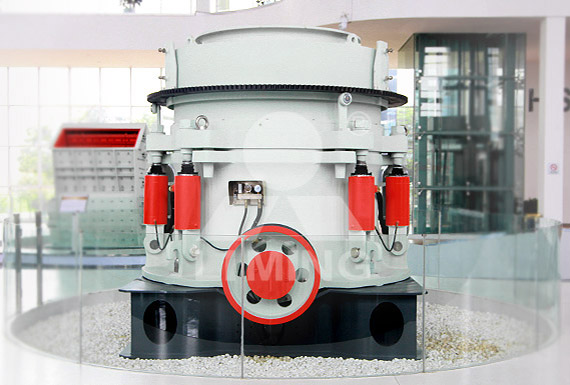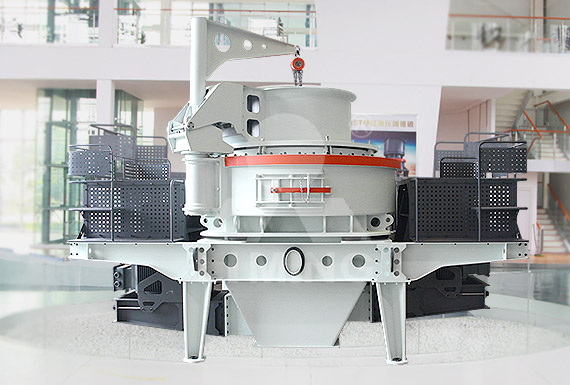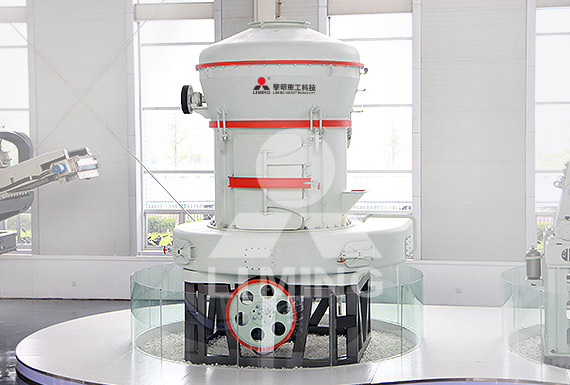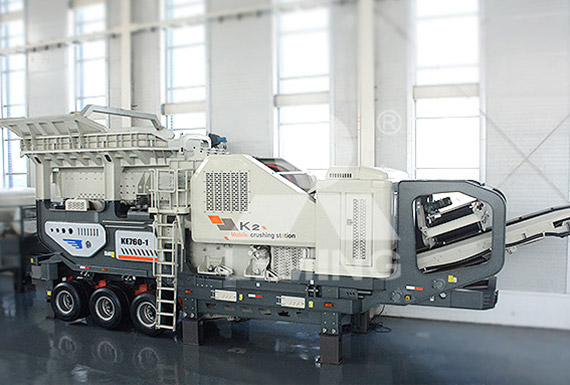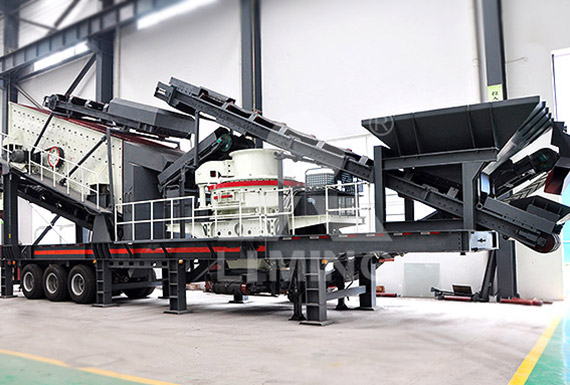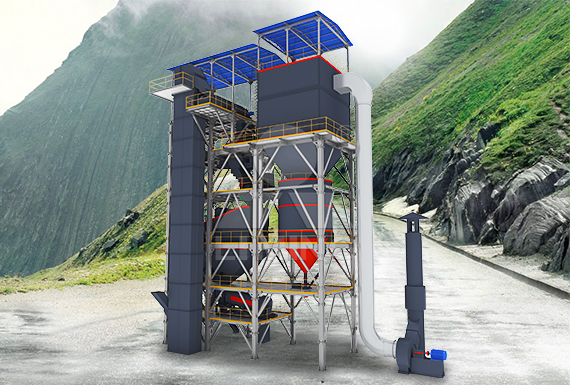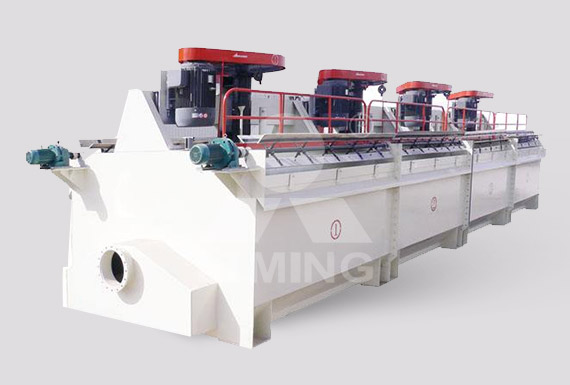المنتجات الساخنة

Iron and Steel Analysis IEA
Demand for steel, which drives steel production, is a key determinant of energy demand and steel subsector CO2 emissions. Global crude steel production increased by an average of 3% per year, including a period of relatively flat demand from 2013-2016. In 2020, steel production fell by
Contact
Iron and Steel Statistics and Information U.S. Geological
By definition, steel is a combination of iron with a small amount of carbon. Thousands of products having various chemical composition, forms, and sizes are made of iron and steel by casting, forging, and rolling processes. Iron and steel comprise about 95 percent of all the tonnage of
Contact
Iron and steel Introduction to their science,
2022-5-2 Pure iron is too soft and reactive to be of much real use, so most of the "iron" we tend to use for everyday purposes is actually in the form of iron
Contact
Iron and Steel Industry an overview ScienceDirect Topics
The most relevant greenhouse gas emitted in the steel industry globally is CO 2. On an average, about 1.83 tons of CO 2 were emitted for each ton of steel produced between 2017 and 2018
Contact
Iron vs Steel: What's the Difference? Monroe
2019-11-27 Steel, for example, is both harder and stronger than pure iron. And unlike iron, steel isn’t an essential mineral. You don’t need to consume steel
Contact
What Is The Difference Between Iron And Steel?
Using steel is normally more cost-effective compared to iron. Steel has been mass produced for around 200 years, and the process of making it has become very efficient and affordable.
Contact
Iron and Steel Sector (NAICS 3311 and 3312) Energy and
2013-11-4 Fig. 2.6-6. Onsite energy use in selected iron and steel subsectors 2.6.2.4. Fuel energy Onsite fuel use in the iron and steel sector was 831 TBtu in 2006. Natural gas is the
Contact
IRON AND STEEL SCRAP1 USGS
2022-1-31 Recycling: Recycled iron and steel scrap is a vital raw material for the production of new steel and cast iron products. The steel and foundry industries in the United States have
Contact
Top Iron-Rich Foods List WebMD
2020-11-16 Iron-Rich Foods. Very good sources of heme iron, with 3.5 milligrams or more per serving, include: 3 ounces of beef or chicken liver. 3 ounces of mussels. 3 ounces of oysters.
Contact
iron and steel区别_百度知道
2011-7-25 iron是铁 steel是钢 在百度知道钢铁这个词条上就是用的iron和steel连用的。钢和铁的区别 生铁和钢的主要成分都是铁,二者的主要区别是含碳量不同,生铁一般含碳2-4.3%,钢
Contact
Iron and Steel Statistics and Information U.S. Geological
By definition, steel is a combination of iron with a small amount of carbon. Thousands of products having various chemical composition, forms, and sizes are made of iron and steel by casting, forging, and rolling processes. Iron and steel comprise about 95 percent of all the tonnage of metal produced annually in the United States and the world.
Contact
12.5 Iron And Steel Production US EPA
2015-9-10 The production of steel in an EAF is a batch process. Cycles, or "heats", range from about 1-1/2 to 5 hours to produce carbon steel and from 5 to 10 hours or more to produce alloy steel. Scrap steel is charged to begin a cycle, and alloying agents and slag materials are added for refining. Stages
Contact
Ironsteel FuelsTechnologies IEA
2019-12-4 Our work on Ironsteel. The IETS TCP focuses on energy use in a broad range of industry sectors with significant potential for emissions and cost savings. The IETS TCP work programme ranges from aspects relating to development of processes and energy technologies, to overall system analysis and energy efficiency in industry sectors.
Contact
Iron and Steel Manufacturing International Finance
Steel manufacturing and finishing processes discussed in that document are also employed in integrated steel plants. See also Coke Manufacturing. In the BOF process, coke making and iron making precede steel making; these steps are not necessary with an EAF. Pig iron is manufactured from sintered, pelletized, or lump iron ores us-
Contact
Raw materials worldsteel
Recycled steel (also called scrap steel) is one of the industry’s most important raw materials. It comes from demolished structures and end of life vehicles and machinery as well as from the yield losses in the steelmaking process. Every steel plant is also a recycling plant, and all steel production uses scrap, up to 100% in the electric arc
Contact
Iron and Steel Sector (NAICS 3311 and 3312) Energy and
2013-11-4 Fig. 2.6-6. Onsite energy use in selected iron and steel subsectors 2.6.2.4. Fuel energy Onsite fuel use in the iron and steel sector was 831 TBtu in 2006. Natural gas is the largest source of fuel in the sector, supplying 43% of onsite fuel. The iron and steel sector is also reliant on coke and breeze and
Contact
Steel Raw Material News, Steel Raw Material Prices
2022-5-27 The latest global steel raw material news, steel raw material prices and expert market analysis. sources say. Shanghai May 27, 2022 @ 12:16 Iron ore prices up slightly amid healthier futures, increase in steel trading Reselling of Russian steel, pig iron via China possible but uncommon, sources say. Dnipro May 19, 2022 @ 11:05
Contact
Journal of Iron and Steel Research International Home
2022-5-24 Journal of Iron and Steel Research International publishes original limestoneand occasional invited reviews on aspects of research and technology in the process metallurgy and metallic materials. Coverage emphasizes the relationships among the processing, structure and properties of metals, including advanced steel materials, superalloy
Contact
Direct Emissions from IronSteel Production Greenbiz
2020-5-5 A simplified carbon balance around iron and steel production can be summarized by the car bon inputs and outputs shown in Table 1. The Table 1: Carbon Balance around IronSteel Production Carbon Inputs Carbon Outputs Coal for Coke Carbon-Bearing By-Products Sold Purchased Coke Carbon in Finished Steel or Iron Sold Fossil Fuels CO 2 Emissions
Contact
Producer Price Index by Commodity: Metals and Metal
2022-5-12 Graph and download economic data for Producer Price Index by Commodity: Metals and Metal Products: Iron and Steel (WPU101) from Jan 1926 to Apr 2022 about iron, steel, metals, commodities, PPI, inflation, price index, price, indexes, and USA.
Contact
Iron and Steel Statistics and Information U.S. Geological
By definition, steel is a combination of iron with a small amount of carbon. Thousands of products having various chemical composition, forms, and sizes are made of iron and steel by casting, forging, and rolling processes. Iron and steel comprise about 95 percent of all the tonnage of metal produced annually in the United States and the world.
Contact
Raw materials worldsteel
Recycled steel (also called scrap steel) is one of the industry’s most important raw materials. It comes from demolished structures and end of life vehicles and machinery as well as from the yield losses in the steelmaking process. Every steel plant is also a recycling plant, and all steel production uses scrap, up to 100% in the electric arc
Contact
Iron and Steel Securing The Future of Philippine Industries
The rapid development of the Philippines and continuous growth of the Southeast Asian region has resulted in higher demand for iron and steel products domestically and regionally. The Philippine economy has been performing beyond expectations over the past years, growing from 5.1% in 2011 to 6.8% in 2012, and to 7.2% in 2013.
Contact
Analysis of Global Demand for Iron Source by Estimation
We present a comprehensive analysis of steel use in the future compiled using dynamic material flow analysis (MFA). A dynamic MFA for 42 countries depicted the global in-use stock and flow up to
Contact
Journal of Iron and Steel Research International Home
2022-5-24 Journal of Iron and Steel Research International publishes original limestoneand occasional invited reviews on aspects of research and technology in the process metallurgy and metallic materials. Coverage emphasizes the relationships among the processing, structure and properties of metals, including advanced steel materials, superalloy
Contact
Steel Raw Material News, Steel Raw Material Prices
2022-5-27 The latest global steel raw material news, steel raw material prices and expert market analysis. sources say. Shanghai May 27, 2022 @ 12:16 Iron ore prices up slightly amid healthier futures, increase in steel trading Reselling of Russian steel, pig iron via China possible but uncommon, sources say. Dnipro May 19, 2022 @ 11:05
Contact
Direct Emissions from IronSteel Production Greenbiz
2020-5-5 A simplified carbon balance around iron and steel production can be summarized by the car bon inputs and outputs shown in Table 1. The Table 1: Carbon Balance around IronSteel Production Carbon Inputs Carbon Outputs Coal for Coke Carbon-Bearing By-Products Sold Purchased Coke Carbon in Finished Steel or Iron Sold Fossil Fuels CO 2 Emissions
Contact
Producer Price Index by Commodity: Metals and Metal
2022-5-12 Graph and download economic data for Producer Price Index by Commodity: Metals and Metal Products: Iron and Steel (WPU101) from Jan 1926 to Apr 2022 about iron, steel, metals, commodities, PPI, inflation, price index, price, indexes, and USA.
Contact
Decarbonization challenge for steel McKinsey
2020-8-5 Steel can be produced via two main processes: either using an integrated blast furnace (BF)/basic oxygen furnace (BOF) or an electric arc furnace (EAF). While integrated players produce steel from iron ore and need coal as a reductant, EAF producers use steel scrap or direct reduced iron (DRI) as their main raw material.
Contact
Decarbonization in steel McKinsey
2020-6-3 Every ton of steel produced in 2018 emitted on average 1.85 tons of carbon dioxide, equating to about 8 percent of global carbon dioxide emissions. 2. 2. World Steel Association. Consequently, steel players across the globe, and especially in Europe, are increasingly facing a decarbonization challenge.
Contact